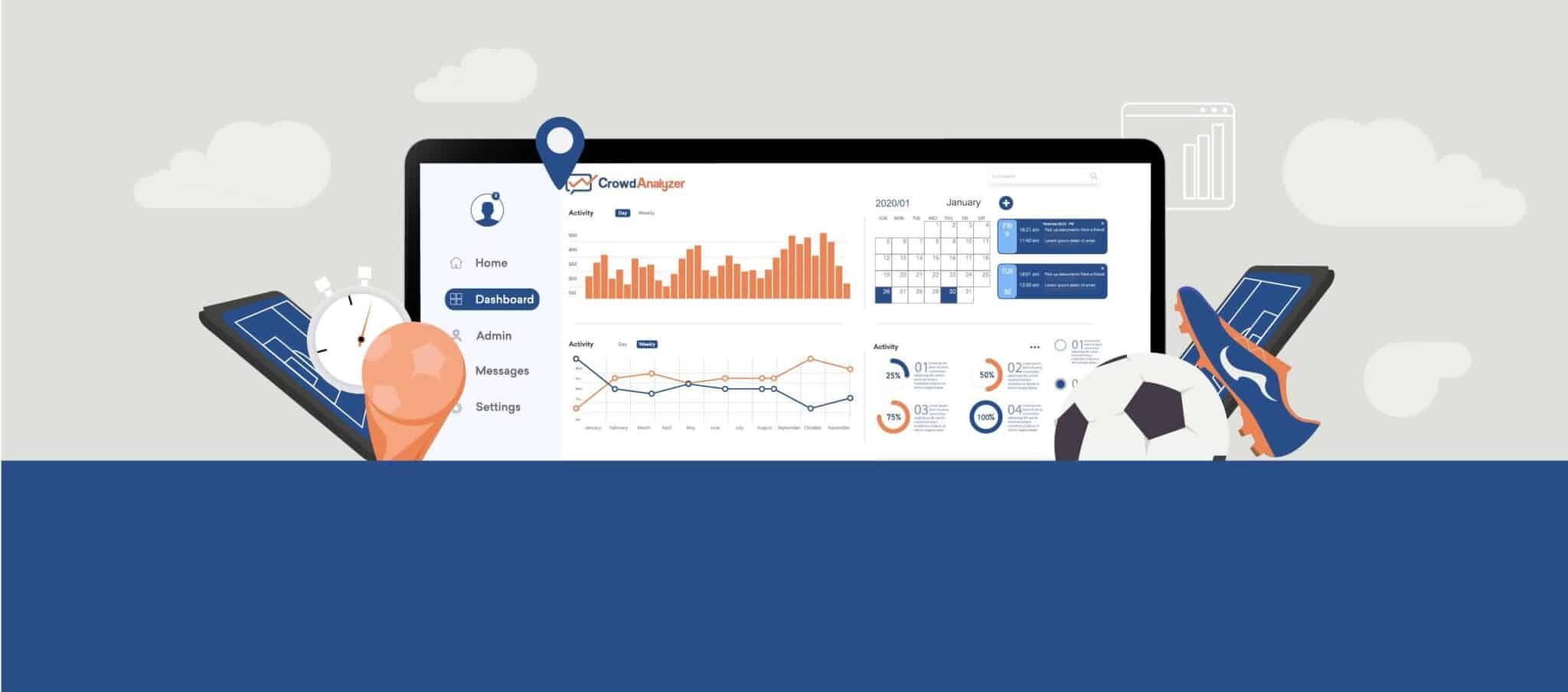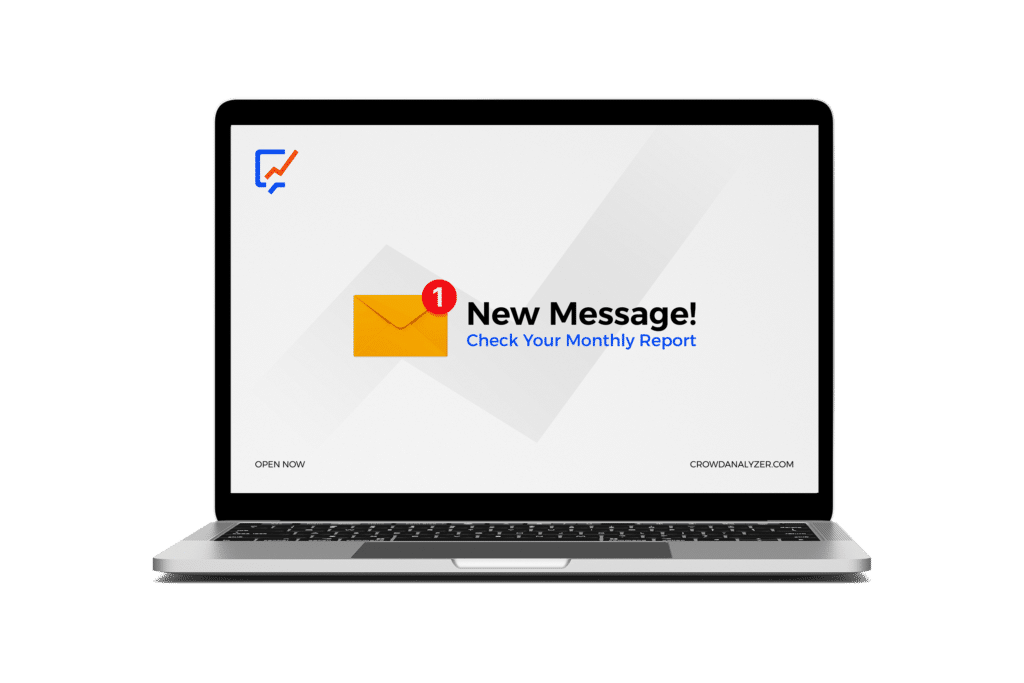It is inevitable that brands face negative comments/media exposure sometime during their lifecycle, it depends on how big it is and how you choose to deal with it. So if it happens, there is no reason to panic. A situation is labeled as a PR crisis when there is an outrage of negative comments, threatening your brand’s performance, and in that case , brands need to dissect the long term damage of it and ensure prompt actionable tactics are set.
Crisis is not something to be held against a company. Every company will be faced with a crisis at some point, but they will be held accountable for how they react to it. By having a plan set in place, a crisis can turn to an unexpected opportunity for customer engagement. Anticipation of the possible scenarios is key; this is possible with a social media listening tool. In many cases, social media is now the birthplace for a crisis. It is where customers are likely to express their dissatisfaction; before you know, content goes viral.
It is crucial for brands to use social media listening tools to stay on top of it by accessing data in real time. In every stage of a crisis, whether its initial stages or during the crisis itself , social media listening is considered relevant.
How to spot a crisis in its early stages?
By focusing on the right metrics, brands can spot potential issues as they emerge and prevent a crisis before it gets out of hand.
Volume of conversations
The initial step in determining a possible crisis is tracking brand mentions. If there is a peak in the volume of conversations, it is worth looking further into. In order to identify a change, it is important to identify what is considered normal. Tracking mentions in real time gives you a clear picture of the reputation of your brand. By taking a look at the conversations, you will be able to better understand the situation.
Sentiment analysis
A glance at the sentiment will show you generally if the reputation of your brand is positive or negative. Sentiment is the attitude and feelings people have towards your brand in social media. This information should be monitored in a given range of time to provide meaningful context because it looks at emotions and feelings along with mentions. When a brand identifies an increase of brand mentions, the sentiment is a driving factor in spotting an upcoming crisis.
In social media listening, context is provided with not only the answer to ‘how many users are mentioning your brand’, but also ‘what are they saying about your brand’? Without sentiment, a spike in mentions might seem great, but if it is a bunch of negative posts , then action needs to be taken.
Allocate a team
Before a crisis hits, it is important to already have a plan of who in your team would be responsible for handling the situation when it happens. Brands should communicate their social media policies which would include appropriate use, outline expectations, and clear guidelines on how employees can talk about the business.
Acting fast is important. So there is no time to waste deciding who should do what. It should be made clear who will be implementing the crisis communication plan. People expect to hear from your right away, so no matter what the crisis is, the general rule is to acknowledge the issue right away.
What happens if you are in crisis mode?
The best case scenario for any brand is to get the situation under control before it is a full blown crisis. However, if it hits crisis mode there is still a way out of it; it does not mean the end of your brand.
Assess the crisis level
For a brand to consider itself in a crisis stage on social media, it is likely to involve a trending hashtag or keyword with the brand mentions. Social media listening will validate the following data to determine the best solutions.
-
- Frequency of posting
- Who is posting
- Locations of posting
- Number of posts per user
- Engagement level
- Brand’s responsibility
- Level of visibility
As soon as this information is gathered, the team should be aligned on the official statement they will make to the public to handle the situation. The statement should include accepting responsibility and being transparent about actions to be taken. In some cases, an official apology is recommended.
Monitoring data information
Many decisions will be made based on the data crawling in from a social media listening tool. It is essential to be fully aware of the situation based on in depth analysis, before jumping to conclusions.
The nature of a crisis means the solution is not instant; it is an ongoing progress with ups and downs. People expect to hear from you right away, so acknowledging the issue will buy you time as you come up with a comprehensive strategy. On social media, posting is not enough, it is essential to build a connection with those posting negatively about your brand by contacting them personally through direct messages, email or phone.
Crowd Analyzer’s social media listening tool can help you spot a crisis before it happens, but it also can help you control the situation if the crisis happened. It is essential to be always informed of what your audience is saying about your brand. A crisis is determined when something is out of the ordinary in the data, so what is ordinary needs to be made clear. Recently, Crowd Analyzer released the State of Social Media ‘21 report which includes the latest social media insights and trends across several platforms, along with an in-depth analysis of the most prominent industries. Such information will help you understand your target audience and their expectations, hence preventing a crisis before it happens.
For a more detailed guide on crisis management, online and offline, press here.

























